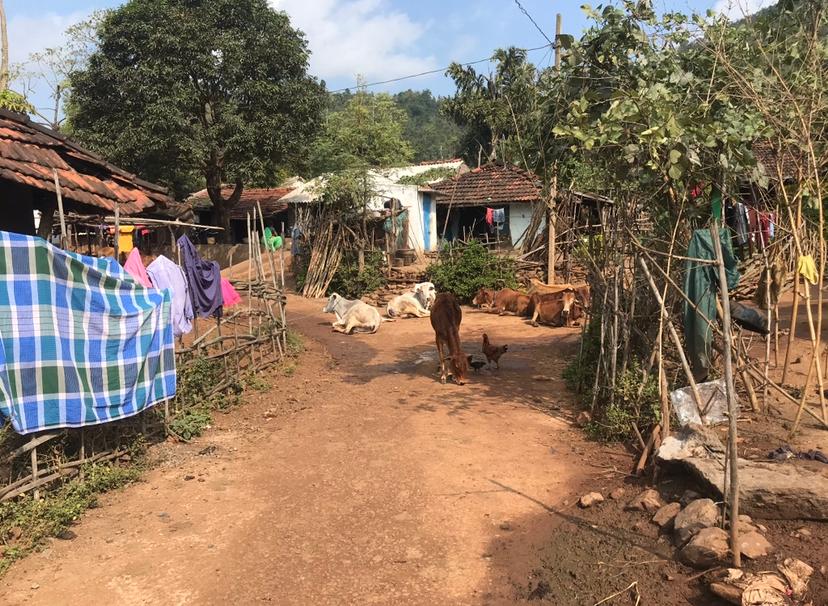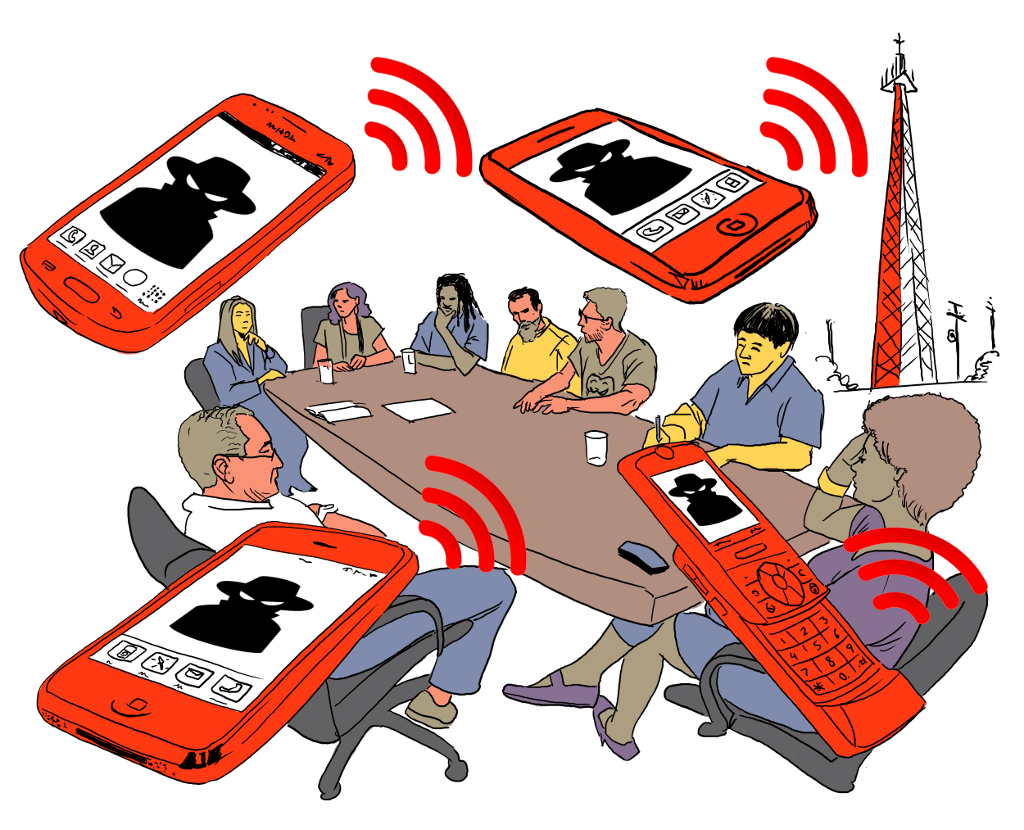Silvia Masiero reflects on changes in digital social protection during the pandemic, outlines the implications of such changes for data justice, and co-proposes an initiative to discuss them.
by Silvia Masiero
One year ago today was my last time leaving a field site. Leaving friends and colleagues in India, promising to return as usual for the Easter break, it was hard to imagine to be suddenly plugged into the world we live in today. As a researcher of social protection schemes, little did I know that my research universe – digital anti-poverty programmes across the Global South – would have changed as it has over the last 12 months. As I have recently stated in an open commentary, COVID-19 has yielded manifold implications on social protection systems, implications that require reflection as conditions of pandemic exceptionalism perdurate over time and across regions.
The Shifted Meaning of Beneficiary Data
My latest study was on a farmer subsidy programme based on the datafication of recipients – a term that indicates, from previous work, the conversion of human beneficiaries into machine-readable data. The programme epitomises the larger global trend of matching demographic and, increasingly, biometric credentials of individuals with data on eligibility for anti-poverty schemes, such as poverty status, family size and membership of protected groups. Seeding social protection databases with biometric details, a practice exemplified by India’s Aadhaar, is supposed to combat exclusion and inclusion errors alike, assigning benefits to all entitled subjects while scrapping all the non-entitled. At the same time, quantitative and qualitative research works have shown the limits of datafication, especially its consequences in reinforcing exclusions of entitled subjects whose ability to authenticate is reduced by failures in recognition, sometimes resulting in denial of vital schemes.
During the pandemic, as numerous contributions to this blog have illustrated, existing vulnerabilities have become deeper and new ones have emerged, expanding the pool of people in need for social protection. Instances of the former are daily-wage and gig workers – who have seen their extant subalternities deepened in the pandemic, in terms of loss of income or severely heightened risks at work. Instances of new vulnerabilities, instead, are associated to the “new poor” of the pandemic, affected in many ways by the backlashes of economic paralyses across the globe. The result is the heightened global need for social protection to work smoothly, making the affordance of inclusiveness – being able to cover for the (old and new) needful – arguably prioritarian to that of exclusiveness, aimed at “curbing fraud” by secure biometric identification.
Since its launch in May 2020, this blog has hosted contributions on social protection schemes from countries including Colombia, Peru, India, Brazil and Spain, all highlighting the heightened needs of social protection under COVID-19. While describing different world realities, all contributions remark how the vulnerabilities brought by COVID-19 call for means to combat wrongful exclusions, for example using excess stocks of commodities to expand scheme coverage. Against the backdrop of a world in which the priority was “curbing fraud” through the most up-to-date biometrics, the pandemic threw us in a world in which inclusion of the needful takes priority over the roles of anti-poverty scheme datafication. The first implication, for researchers of digital social protection, is the need to devise ways to learn from examples of expanded coverage in social protection, of which India’s National Food Security Act has offered an important instantiation over the last decade.
Social Protection in the Pandemic: New Data Injustices
As the edited book “Data Justice and COVID-19: Global Perspectives” notes, the hybrid public-private architectures emerged during COVID-19 have generated new forms of data injustice, detailed in the volume through 33 country cases. The book opens, along with important debates on the meaning of data in a post-pandemic world, the question on data justice implications of COVID-19 for digital social protection. Drawing on contributions published in this blog, as well as reports of social protection initiatives taken during the pandemic, I have recently highlighted three forms of data injustice – legal, informational and design-related – that need monitoring as the pandemic scenario persists.
From a legal perspective, injustice is afforded by the subordination of entitlements to registration of users into biometric databases, which become a condition for access – leading to scenaria of forced trading of data for entitlements, widely explored in the literature before COVID-19. The heightened need for social protection in the pandemic deepens the adverse implications of exclusions, exacerbating the consequences of injustice for those excluded from the biometric datasets. Stories from urban poor contexts ranging from Nebraska, US to São Paulo, Brazil, underscore the same point: while the legal data injustice of exclusion was problematic before, it only heightens its problematicity in the context of the economic backlash of the pandemic on the poor.
From an informational perspective, the way entitlements are determined – specifically, the use of citizens’ information across databases to determine entitlements – has become crucial during the pandemic. Two cases from this blog especially detail this point. In Colombia, information to determine eligibility for the Ingreso Solidario (Solidarity Income) program was combined from existing data repositories, but without detail on how the algorithm combined information and thus, on how eligibility was determined. In Peru, subsidies have leveraged information gathered through databases such as the Census, property registry and electricity consumption, again without further light on how information was combined. Uncertainty on eligibility criteria, beyond deepening pandemic distress, arguably limits beneficiaries’ ability to contest eligibility decisions, due to lack of clarity on the very grounds on which these are taken.
Finally, design-related data injustices arise from the misalignment of datafied social protection schemes with the effective needs of beneficiaries. In the pandemic, the trade-off brought by biometric social protection – entailing increased accuracy of identification, at the cost of greater exclusions – has been brought to its extreme consequences, as extreme are the implications of denial of subsidy for households left out by social protection schemes. This brings to light a trade-off whose problematicity was already known well before the pandemic started, and further heightened by studies questioning the effective ability of biometrics to increase the accuracy of targeting. As a result, a third, design-related form of data injustice needs monitoring as we trace the evolution of social protection systems through COVID-19.
Ways Forward: A Roundtable to Discuss
As the pandemic and its consequences perdurate, new ways are needed to appraise the consequences of shifts in datafied social protection that the crisis that the crisis has brought. Not surprisingly, my promise of going back to the field for Easter 2020 could not be maintained, and established ways to conduct research on global social protection needed reinvention. It is against this backdrop that a current initiative, launched in the context of the TILTing Perspectives Conference 2021, may make a substantial contribution to knowledge on the theme.
The initiative, a Roundtable on COVID-19 and Biometric ID: Implications for Social Protection, invites presentations on how social protection systems have transformed during the pandemic, with a focus on biometric social protection and the evolution of its roles and systems. Abstracts (150-200 words) are invited as submissions to the TILTing Perspectives Conference, with the objective of gathering presentations from diverse world regions and draw conclusions together. Proposals for the role of discussants – to take part in the roundtable and formulate questions for debate – are also invited through the system. In an epoch where established ways to do fieldwork are no longer practicable, we want the roundtable to be an occasion to advance collective knowledge, together deepening our awareness of how social protection has changed in the first pandemic of the datafied society.
Submission to the Roundtable are invited at: https://easychair.org/cfp/Tilting2021









